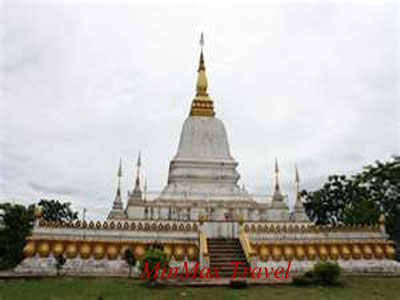Oudomxai Province
This rugged province is wedged between Luang Prabang to the east, Phongsali to the northeast, Luang Nam Tha to the northwest and Sainyabuli to the south, with a small northern section that shares a border with China’s Yunnan Province. Most of the provincial population of 265, 000 is a mixture of some 23 ethnic minorities, mostly Hmong, Akha, Mien, Phu Thai, Thai Dam, Thai Khao, Thai Lü, Thai Neua, Phuan, Khamu, Lamet, Lao Huay and Yunnanese Chinese (Haw). The Yunnanese presence continues to intensify with the influx of Chinese skilled labourers working in construction and cash crops, as well as traders from Kunming. In the 1960s and early 1970s the Chinese were appreciated in Udomxai because they donated a network of two-lane paved roads, vital in moving Pathet Lao and NVA troops and supplies around the north during the war. Following the 1979 ideological split over Cambodia (China sided with the Khmer Rouge, Laos with Vietnam), the Chinese withdrew all support until the early 1990s.
The Yunnanese presence continues to intensify with the influx of Chinese skilled labourers working in construction and cash crops, as well as traders from Kunming. In the 1960s and early 1970s the Chinese were appreciated in Udomxai because they donated a network of two-lane paved roads, vital in moving Pathet Lao and NVA troops and supplies around the north during the war. Following the 1979 ideological split over Cambodia (China sided with the Khmer Rouge, Laos with Vietnam), the Chinese withdrew all support until the early 1990s.
The new Chinese influx is regarded by many Udomxai inhabitants as economic infiltration, since the construction and road building is no longer foreign aid but paid work for hire, using plenty of imported Chinese materials and labour.
Because Udomxai has a road system of sorts (it has deteriorated considerably since the 1970s but is still the best in the north), this province is the most accessible of the country’s far northern provinces.
To cross the border to China from Udomxai Province, you need to travel east to the Boten border crossing in Luam Nam Tha Province.

